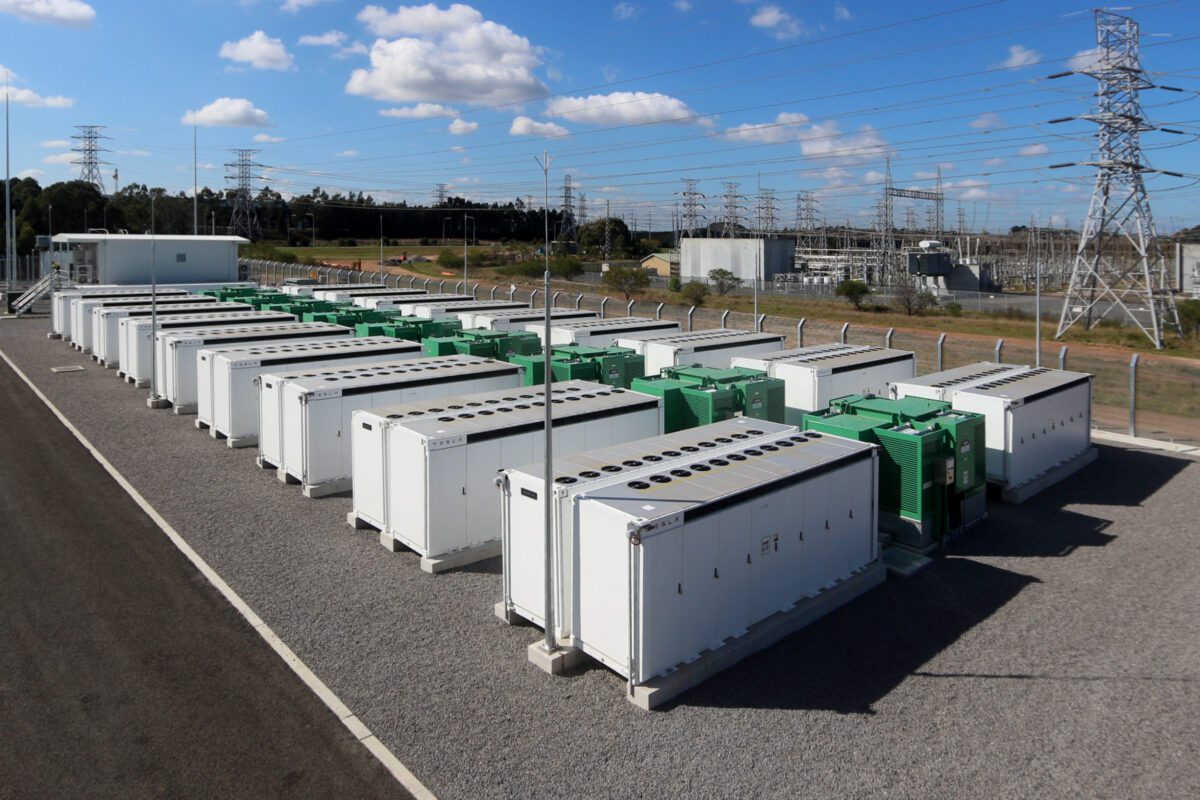I can post the data I have later
But lowering the resistance allows for more current for the same voltage rise, which is one of the limiting factor here
Yes, the diffusion is the limitation, what do you do to increase the diffusion? You increase the force against it, which is more voltage which results in higher current, and thus more ion diffusion
Look at any of Bjorn videos where he shows current and voltage during charging
At 50% the pack is pretty much at its maximum voltage, so you can’t charge faster without pushing the whole pack voltage over the maximum, which makes a speed run of degradation
On Tesla packs, as soon as the power starts going down, it’s because the pack is at close to or at full pack voltage, so even if Tesla wanted faster charging, they barely have any room to spare
The tables electrode will reduce the voltage rise on the jelly roll by changing the average distance of any given point in the electrode from 250 mm to 40 mm
The papers I posted quite a few pages ago agree on that, not taking this from nowhere



